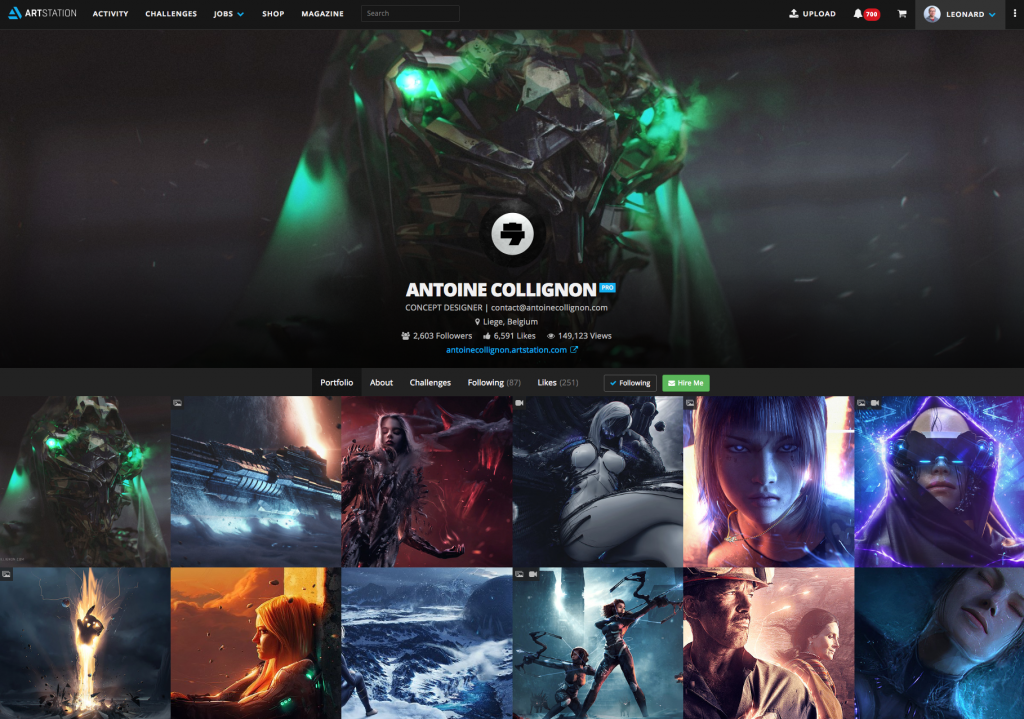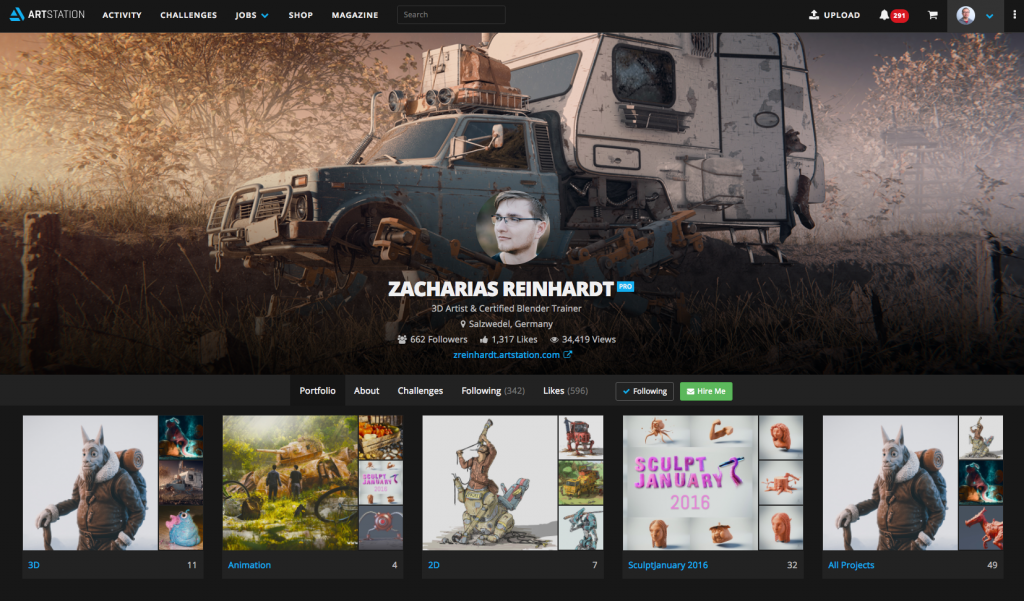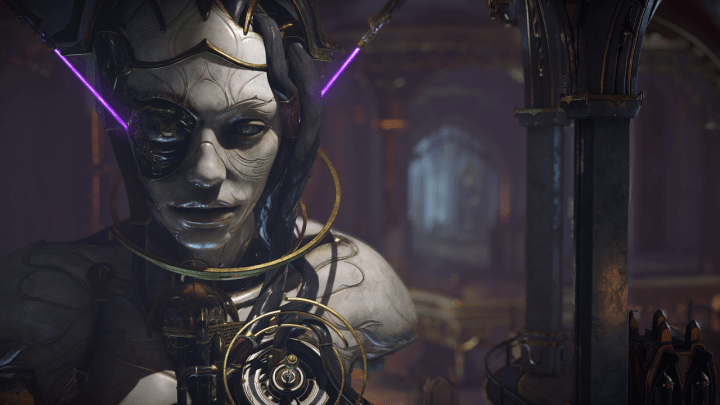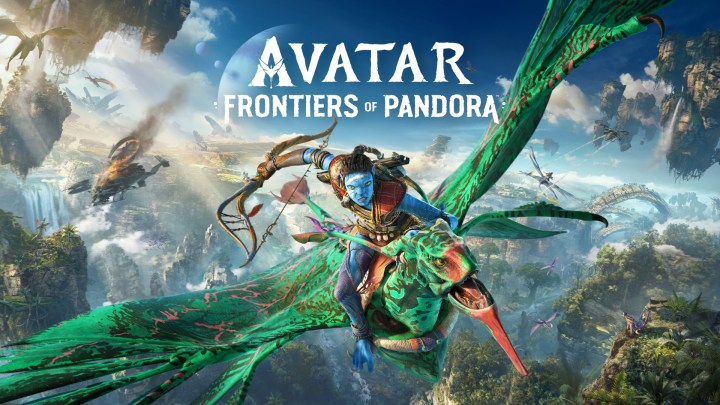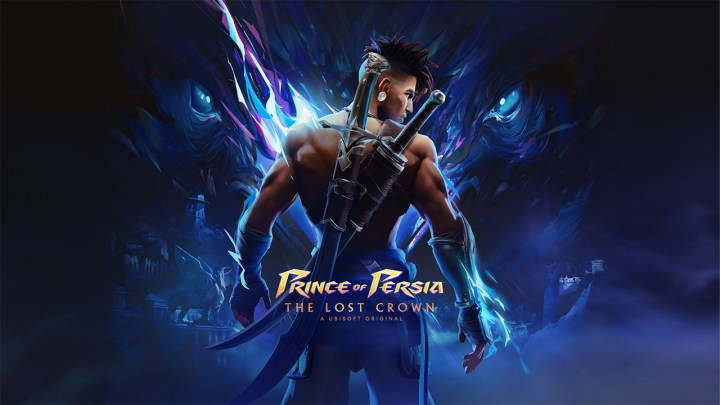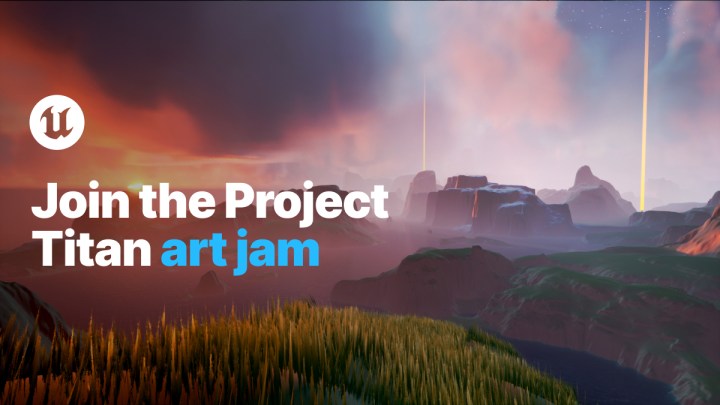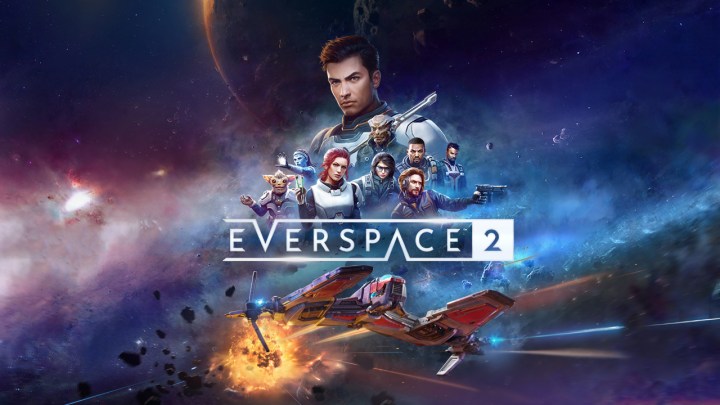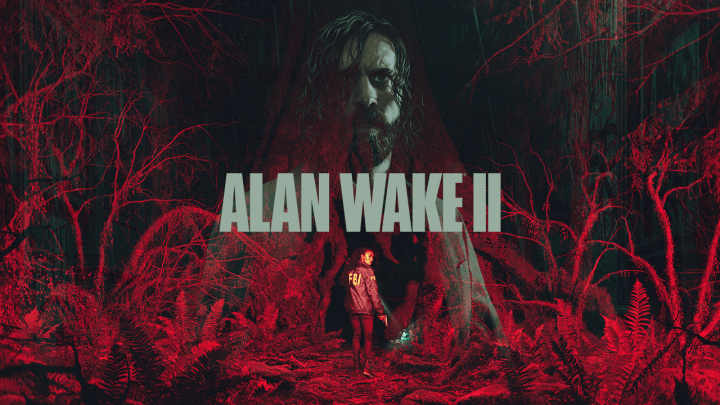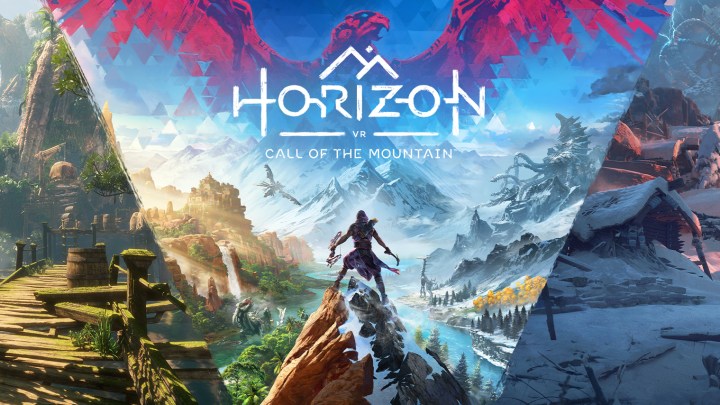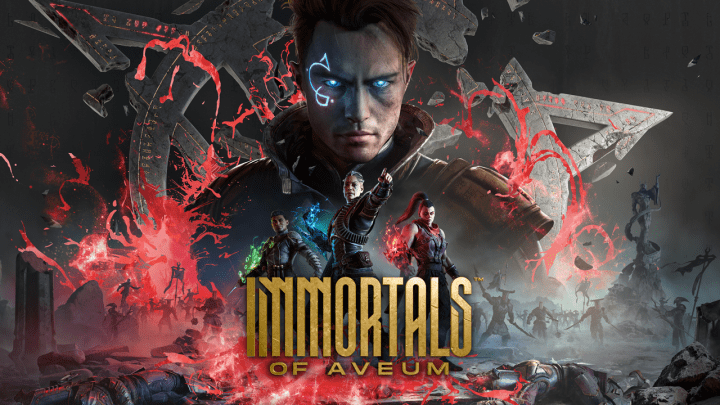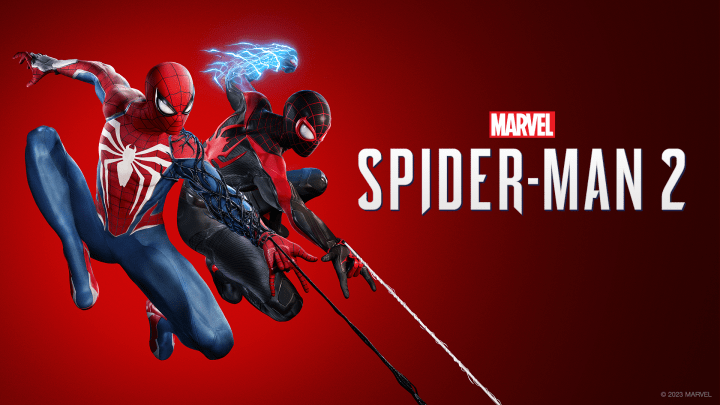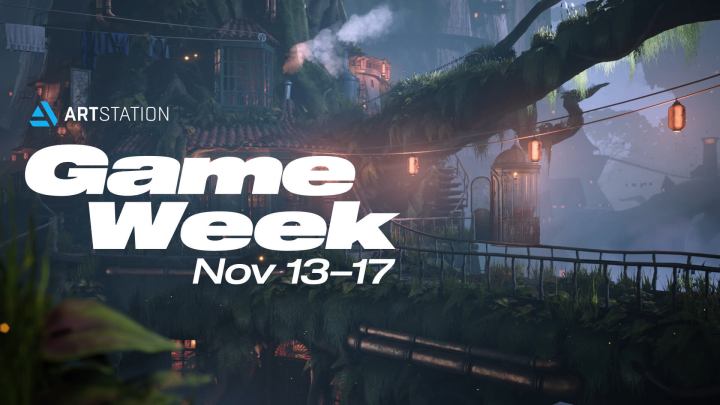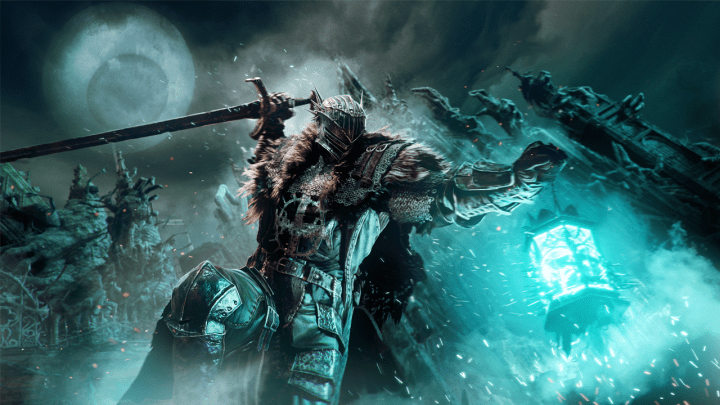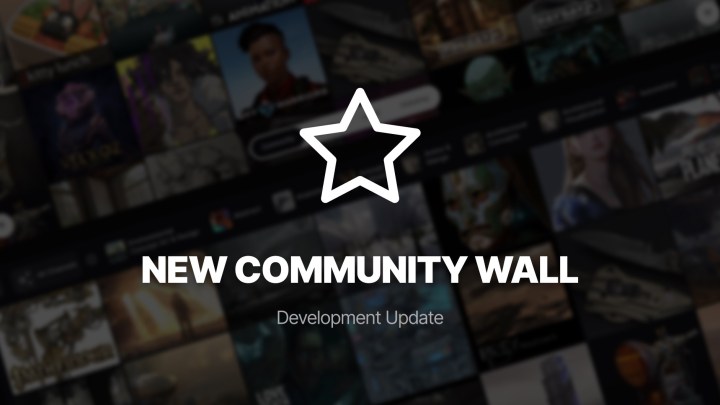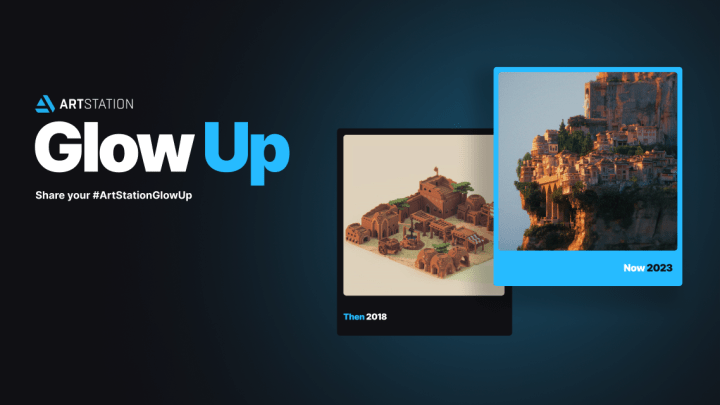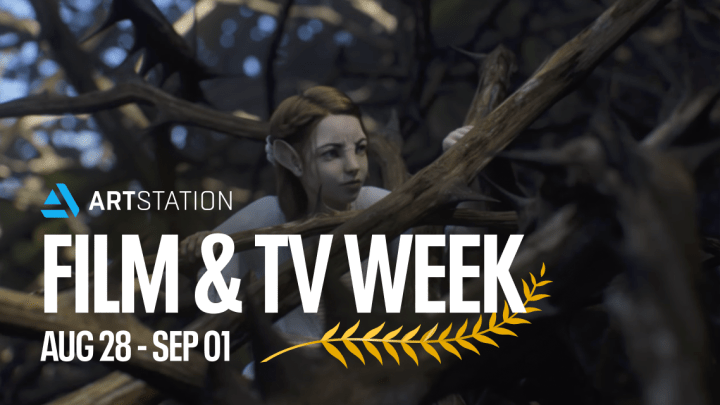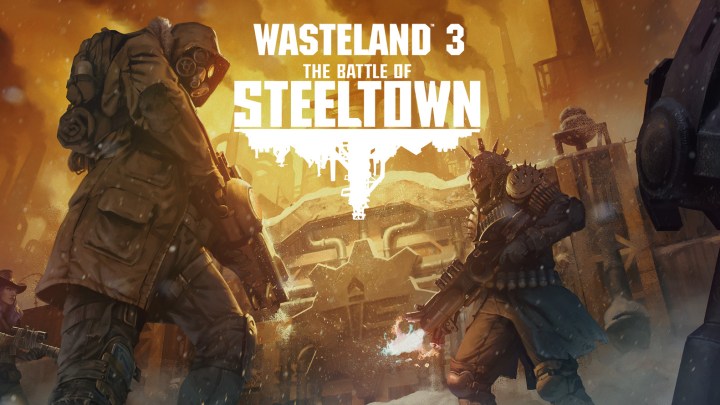How to get the most from your ArtStation account
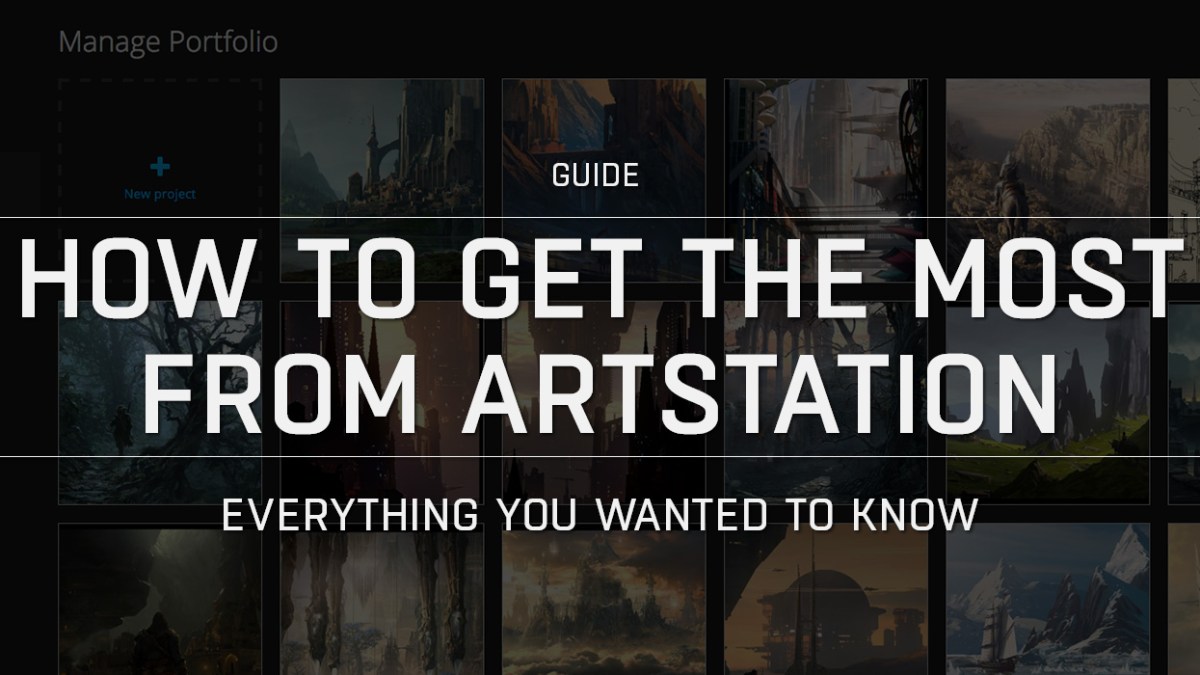
ArtStation has turned into quite a large and comprehensive platform. We are constantly adding new features! Because of this, we thought it would be a good idea to compile a list of tips for you to get the most out of your ArtStation account. Follow these tips to make yourself stand out and be more successful.
1. Make sure that there’s a way for people to contact you
This is basic, but we often see accounts where artists forget to switch on the “Hire Me” feature on their profile, and do not provide ways to contact you. The Messaging feature enables interested parties to contact you about work. It’s also important to set your hiring preferences as this goes into the Artist Search engine, enabling companies to find you easily.
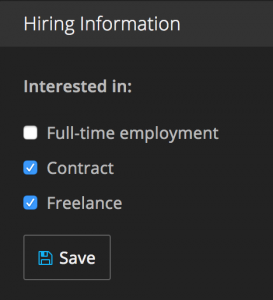
Make sure that you have your hiring information correctly set here.
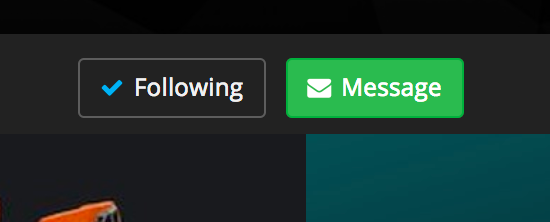
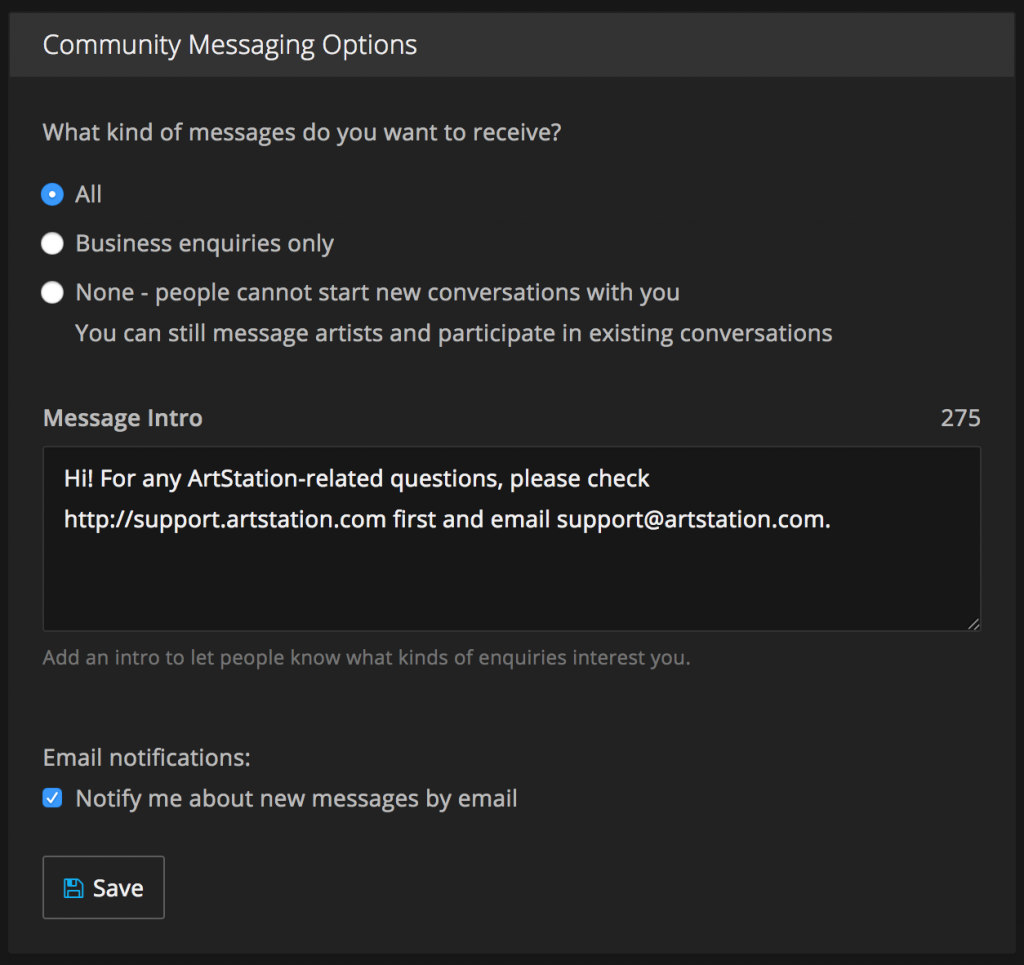
Set your messaging options to let people know what you want them to contact you about here.
You should also add a public email contact so that people can email you directly. We don’t publicize the email you use to sign up by default to prevent spam. Do this here.
2. Make sure your profile/resume is complete
Artists tend to be very visual and assume that their portfolio speaks for itself. Well, it doesn’t. You need to provide more complete information about yourself. The 2 main reasons why you want to do this are:
- Employers do actually read your profile/resume
- What you put in your resume becomes searchable. E.g. if you list Maya and Nuke as software proficiencies and matte painting as a skill, companies using the Artist Search feature will be able to find you.
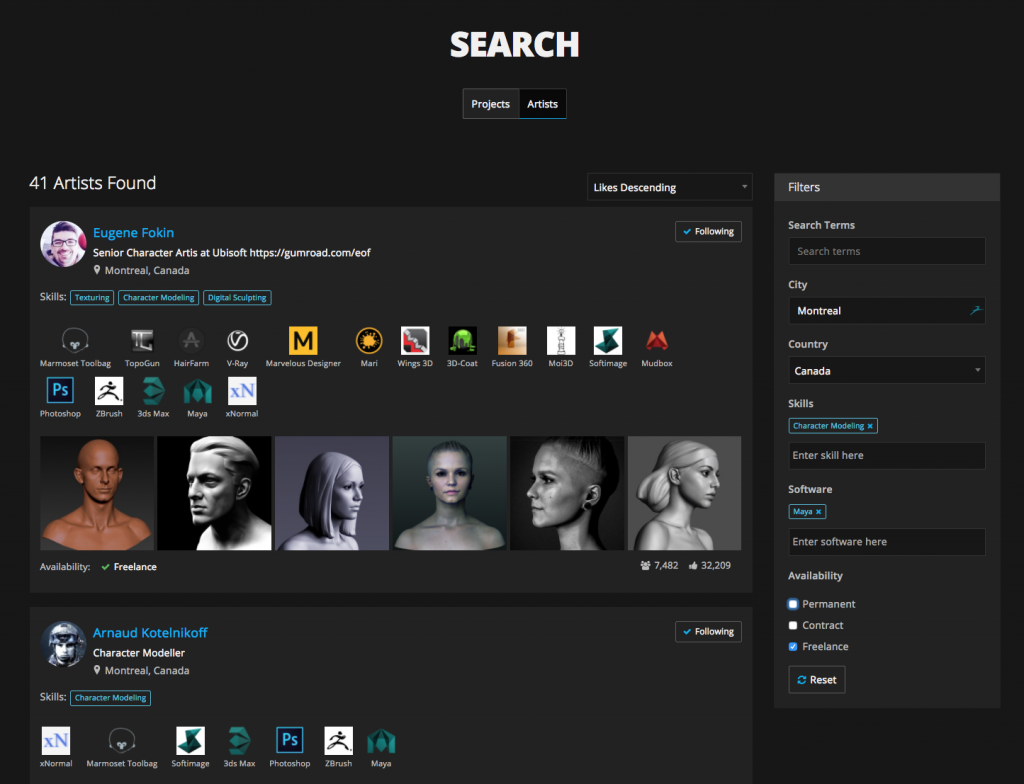
When you complete your profile, you appear in the search engine so that you can be found easily. E.g. here I’m searching for character modelers in Montreal who know Maya. You may be missing out on a lot of potential work if you haven’t filled out your profile.
3. Use your real name
We recommend that you use your real name rather than an artist name. Unless you are already famous (like Sparth), using an alias or artist name just makes you look pretentious or like a fake user. We see a number of these accounts around with no information provided at all about the artist, and a weird artist name, and frankly, it looks lame.
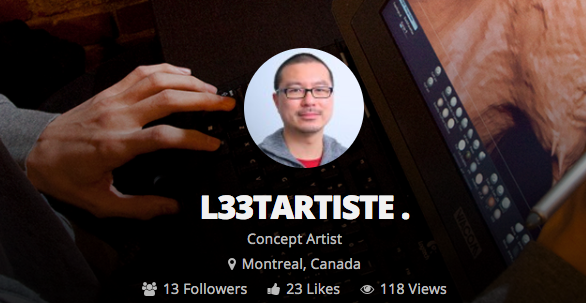
Who is this pretentious little shit? Use your real name!
4. Upload a header image on your profile
The header image serves as a good way for people to get an initial impact on your work. It also provides an image that is shared on social media – e.g. when people share your profile on Facebook, it will pull the header image and use that as the preview image (if it doesn’t exist, it will try to pull the first image in your portfolio and sometimes this has weird results).
Also, read this support article on how to get a thinner image for the profile header.
5. Post breakdowns / WIP’s on projects
On ArtStation, you can add many assets to the project. You can add images, animated gifs, video from YouTube or Vimeo, Marmoset Viewer files and Sketchfab 3D embeds. Projects with multiple assets are on average 54% more popular than projects with a single image. People are interested in seeing how you produced your work. So do yourself a favour and post the work in progress shots and breakdowns when publishing your work.
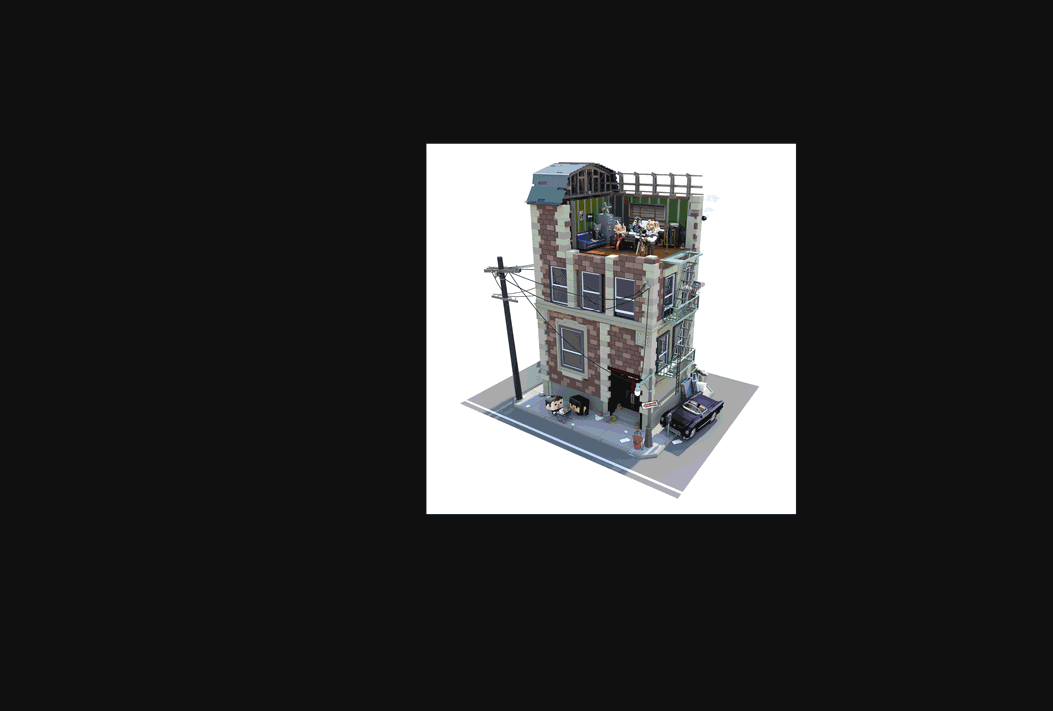
Post your breakdowns! It literally results in a 50% boost in popularity. Downtown Life by Ben Regimbal.
6. Crop nice thumbnails
The thumbnail that appears on the walls of art are what will attract people to view your piece. Some artists just upload their work and forget to create a nice looking crop of the artwork. You can also upload a custom 400×400 square thumbnail which some people do.
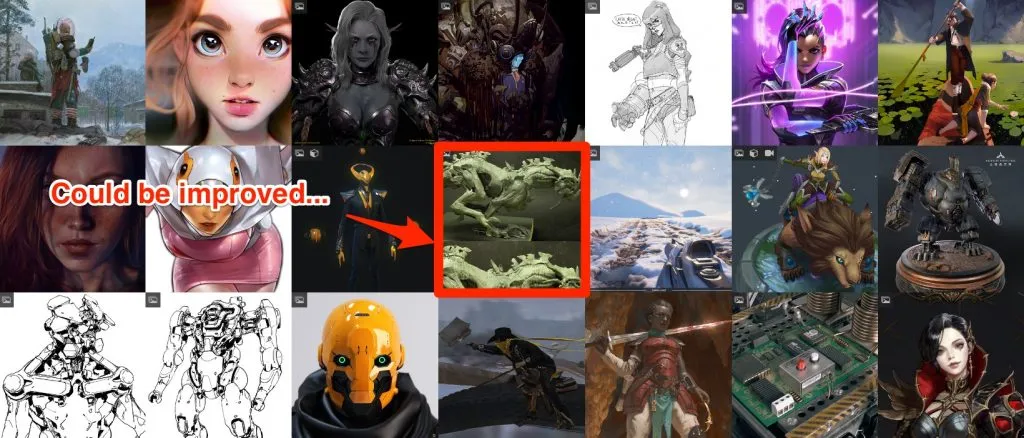
By default, ArtStation will create a square thumbnail by cropping a square from the center of your image to the extents of the work. Make sure that you get yourself a nice crop that shows off your work in the best possible way.
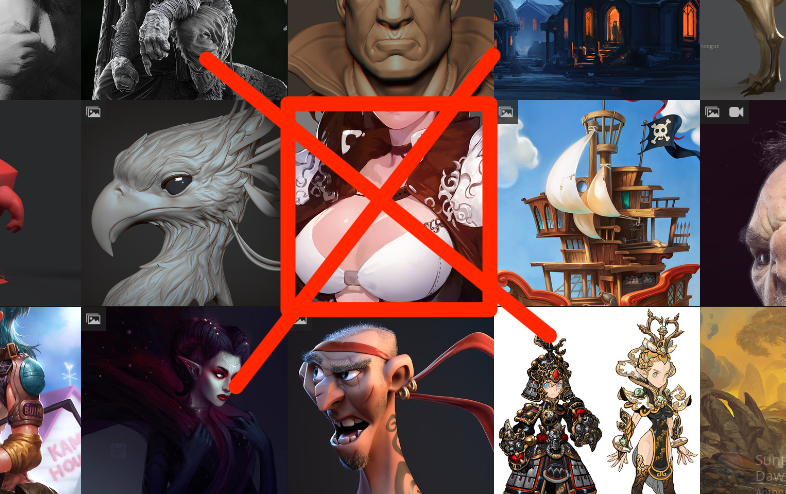
Don’t be cheeky like this. We actively moderate the Trending wall. In this unfortunate situation, the work is actually quite good overall but the artist focused the thumbnail on the boobs. Be professional in how you present your work.
7. Share to social networks
ArtStation is built to be a central portfolio that publishes to other popular social networks like Facebook, Twitter and LinkedIn. When you publish your work on ArtStation, it will pop up a dialog box for you to automatically publish the work to Facebook, Twitter and LinkedIn, and you should! By publishing your work to these other social networks, you get more visibility!
Here’s a tip: Make sure to add the link back to the ArtStation project in the share description. Many artists on Facebook are also on ArtStation, and if they click back and Like the project on ArtStation, it will help the artwork’s popularity and trending.
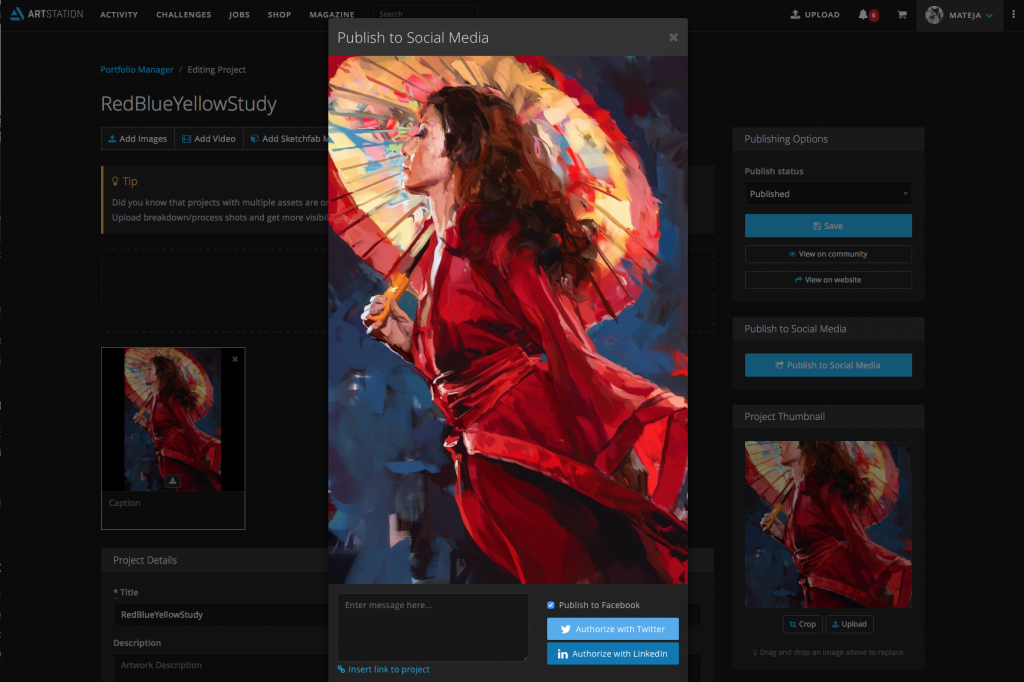
ArtStation works as a central portfolio that publishes to multiple social networks. Use this feature to publish to Facebook, Twitter and LinkedIn. Remember to insert the link back to the ArtStation project to get those extra likes.
8. Don’t dump all your work in a single project
A project is a distinct artwork. Some artists make the mistake of dumping a whole bunch of different works into a single project, which appears as a single square on the main ArtStation walls. By posting more artworks, it gives more of your work the chance to trend, appear on people’s activity feeds and to be shared on social media. It also makes your profile look more impressive with a larger body of work.
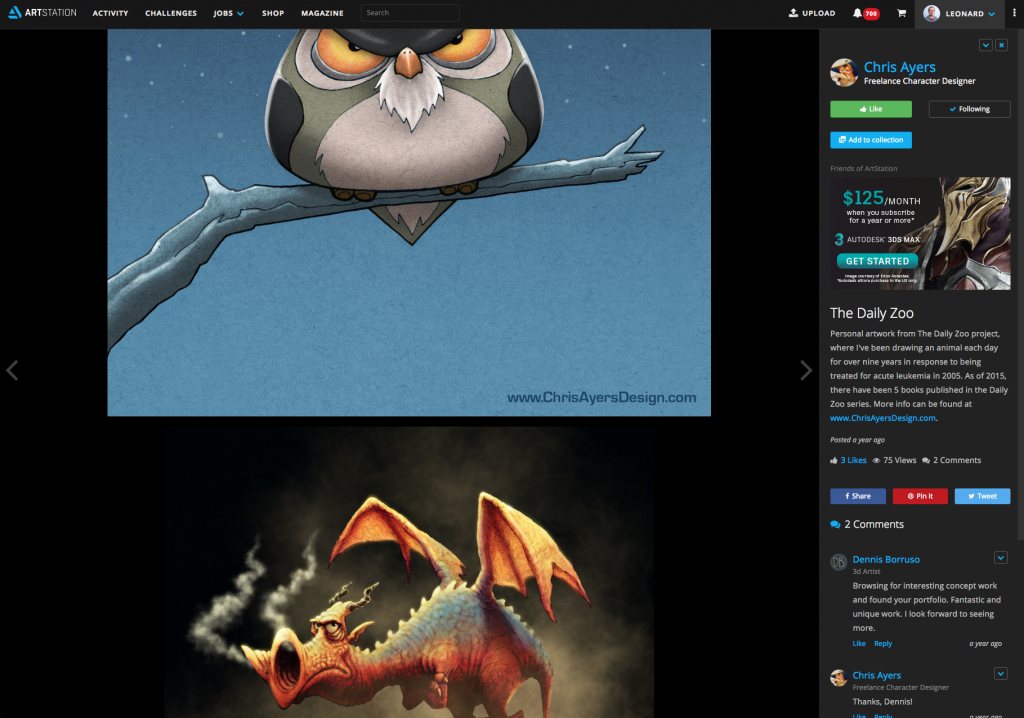
Don’t dump different works into the same project. A project should be considered as a single artwork – post breakdowns for that single artwork instead.
9. Categorize your work into Albums if you need to
If you have different styles of work, you may want to put them into Albums (folders). ArtStation enables you to create albums where you can put in works. E.g. one album can just be sketches and another album for finished concept artworks.
10. Post new work regularly
To build up your follower base, we recommend that you post new work regularly. While it’s natural to do a massive art dump, it means that it only gives one shot at reaching users. Sometimes that may be necessary (e.g. when a game or movie is released and you want to put the work you’ve done out there).
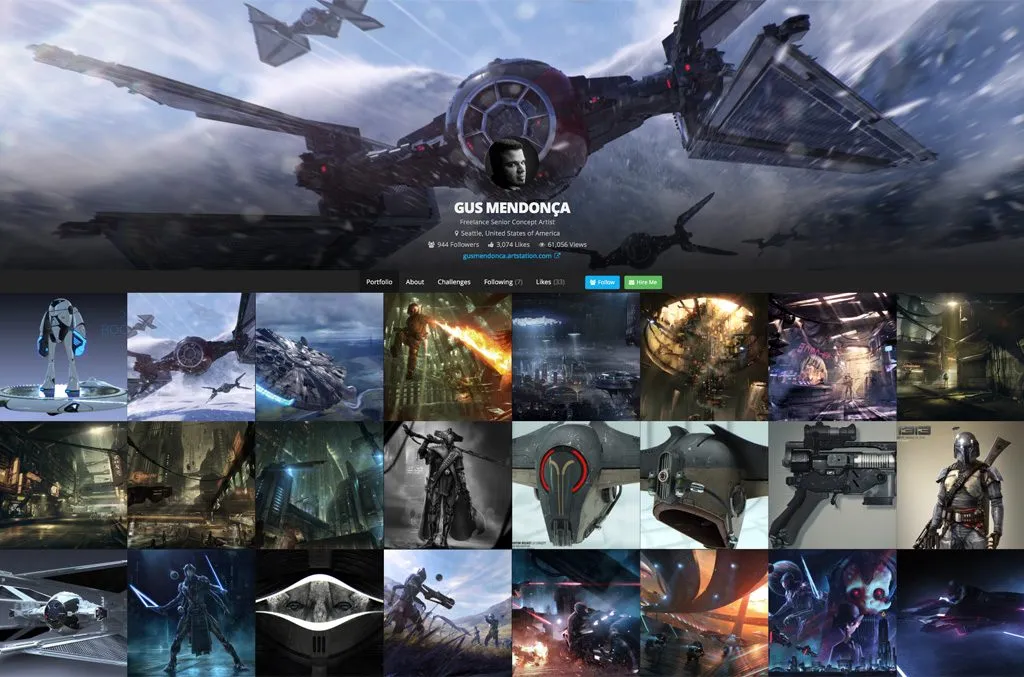
Posting work regularly helps you to grow your follower base and increases your likelihood of being seen for work opportunities.
11. Follow other artists
The ArtStation platform operates as a social network and offers a good chance for you to build a community of other artists. Artists often call upon people they know when their studio is hiring, so it’s a good idea to establish those connections. Follow other artists that you like. They’ll get the notifications and may follow you back too. Don’t be one of those artists who just comes to ArtStation to post work but doesn’t engage – artists can tell easily by seeing how many people you follow.
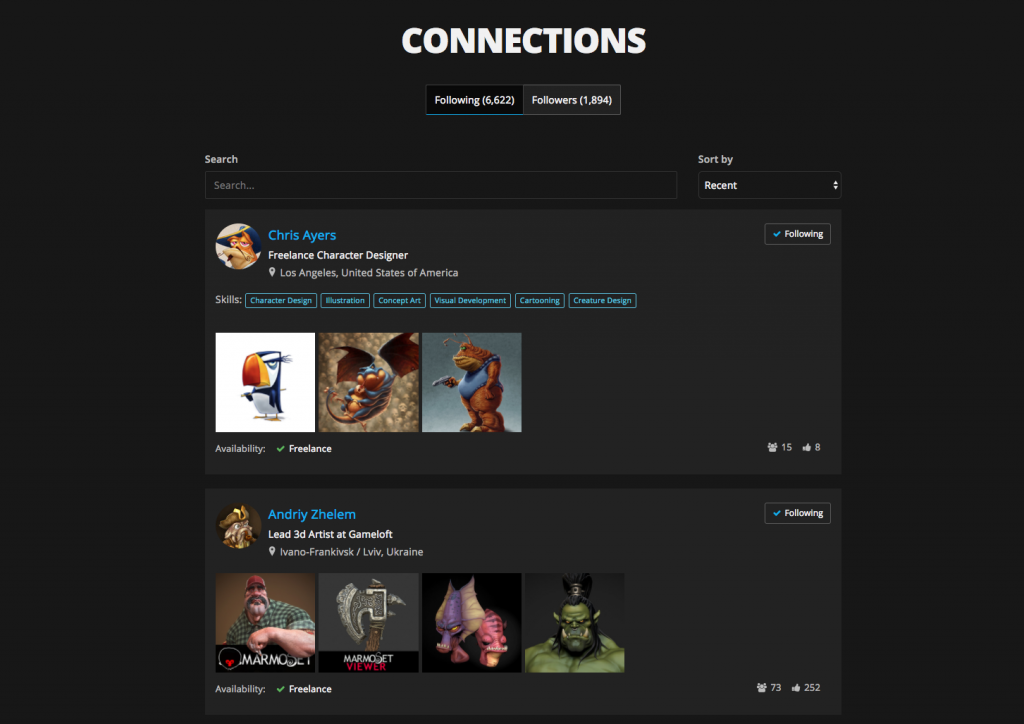
Get involved in the community. Don’t be the freeloader who posts some work and runs off into obscurity.
12. Give feedback to other artists but don’t spam the comments
Giving constructive and positive feedback to other artists is a great way to show your presence in the community. Other artists will see your comments, follow you back and may engage with you. Use ArtStation as the place to post art and host your portfolios, and cultivate the relationships through other means.
But don’t spam the comments. E.g. the worst thing that you can do is to post, “Hey this looks great! Check out my artwork at [link]”. We ban accounts that spam comments, and it also makes you look like a jerk. And nobody likes jerks.
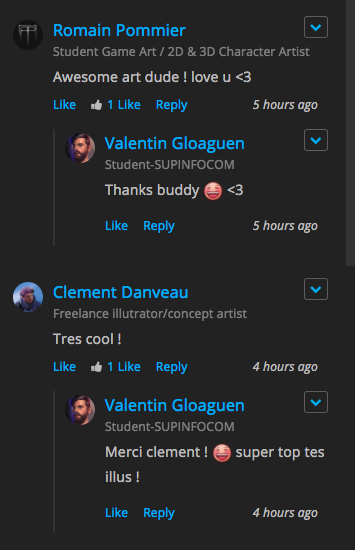
The burning questions
Here are the top questions ArtStation staff get asked all the time. This information has been public for years now on our support site and we encourage you to read them:

